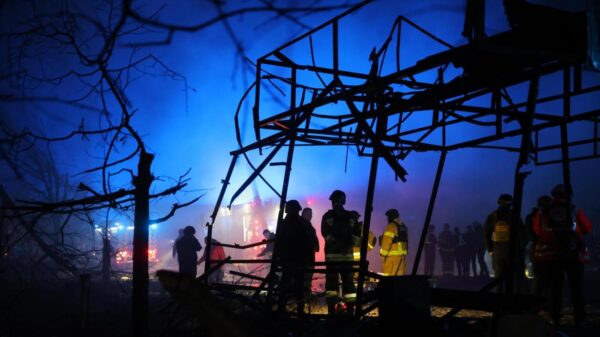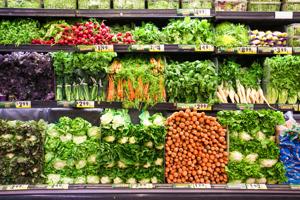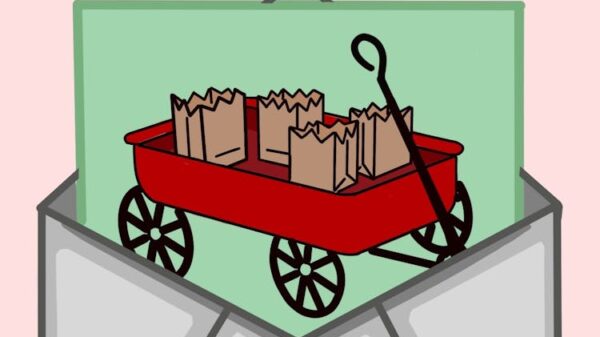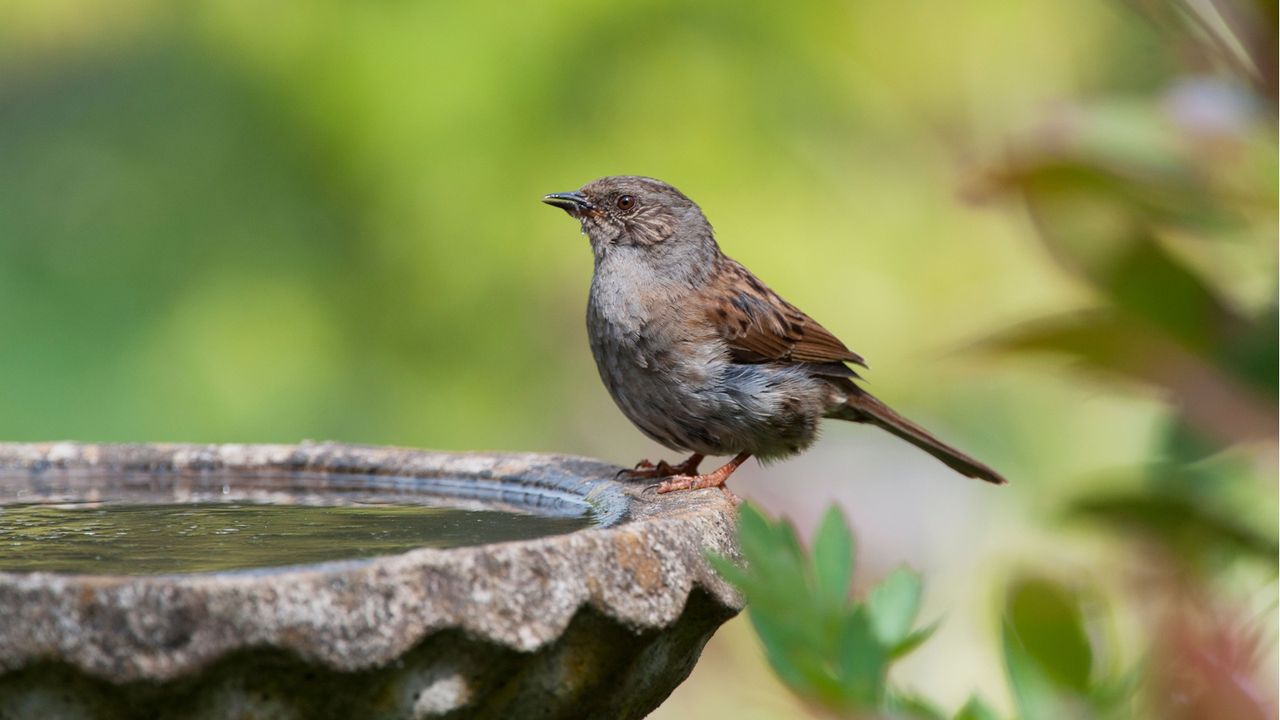URGENT UPDATE: As temperatures soar this July 2023, experts are calling on gardeners to take immediate action to protect vulnerable garden birds from extreme heat. With soaring temperatures creating challenging conditions for wildlife, simple steps can make a significant difference.
Garden authorities emphasize that birds face severe risks during heatwaves, losing moisture and energy quickly. High temperatures can lead to distress among avian species, making it crucial for gardeners to provide essential resources. Experts recommend three key actions to support birds in these sweltering conditions.
1. High-Energy Foods: Experts urge the provision of high-energy, nutritious foods. According to garden expert Michael Clarke, foods like mealworms—available on Amazon—and black-oil sunflower seeds from Walmart are vital for replenishing energy levels in birds. Additionally, offering fruits such as apples and pears can hydrate birds while providing vital sugars. However, Clarke warns against making these foods part of their regular diet, suggesting a return to balanced commercial bird seed mixes once temperatures cool.
2. Fresh Water Sources: Siobhan Shaw, founder of Growing to Give, emphasizes the importance of providing clean, fresh water. “Water is absolutely vital. Birds lose moisture quickly in high heat, so providing fresh, cool water can be life-saving,” she states. Gardeners are encouraged to refill bird baths or shallow water dishes early in the morning and at dusk when birds are most active. Shaw also highlights the need to clean water sources regularly to ensure bird safety.
3. Creating Shade: Providing shade is equally important for birds struggling with extreme heat. Clarke advises opting for native trees and shrubs, which can offer natural cooling spots. Gardeners should also consider installing shade cloth or umbrellas near feeding and bathing areas. Both experts agree that creating a comfortable environment will encourage more birds to seek refuge in backyards during hot days.
Urgent advice extends beyond birds; local wildlife such as pollinators also require assistance. Gardeners can create bee watering stations to support these essential creatures during the heatwave.
As temperatures rise, the emotional impact of these measures is significant. Gardeners are not just enhancing their yards; they are actively participating in the survival of local wildlife. Observing birds in distress, such as those exhibiting gular fluttering—an open-beak behavior indicating overheating—serves as a reminder of the pressing need for intervention.
The situation is critical and developing. Gardeners are encouraged to act swiftly to provide these essential resources, ensuring that our feathered friends can thrive even amid extreme conditions. For more tips on supporting wildlife during this heatwave, visit local gardening resources or consult experts like Clarke and Shaw.
As we face the challenges posed by rising temperatures, taking these steps not only supports birds but enhances the overall health of our ecosystems. Share this information widely to help spread awareness and drive immediate action in your community.



































































